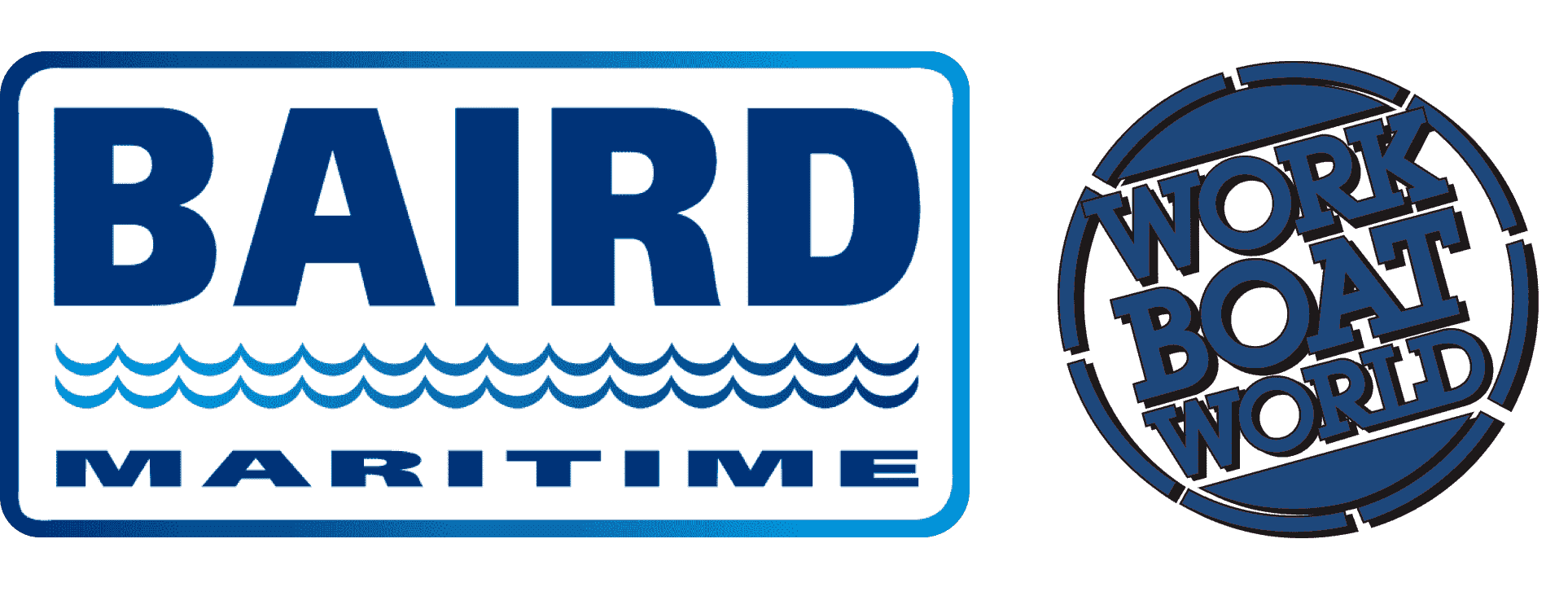Rio Tinto Q2 iron ore shipments rise as Trott gets set to take helm
Rio Tinto reported its strongest second-quarter iron ore production since 2018 on Wednesday, a day after promoting its iron ore chief Simon Trott to CEO, raising hopes he can revive the fortunes of the mining giant.
The world's largest iron ore producer picked the head of its most profitable business to succeed Jakob Stausholm, who unexpectedly announced in May he would step down from the top job after four-and-a-half years.
"We'd like to think we will see a return to the Rio of old under Trott. It used to be best in class and lowest cost, but now they are number three on cost in the Pilbara so they have got quite a journey to embark on," said Barrenjoey analyst Glyn Lawcock, referring to the miner's Western Australian iron ore operations.
"But Trott is young. Hopefully that gives him a good runway to make change," he said.
Trott, 50, will officially take over as CEO on August 25, relocating to London for the role.
Second-quarter iron ore production at its Pilbara mines rose to 83.7 million tonnes, the highest since 2018, which was a record year for output.
However, shipments slightly missed consensus expectations and for the half were the weakest since 2014 after four cyclones disrupted schedules in the first quarter.
Rio Tinto flagged it incurred $300 million in costs at its Canadian aluminium business due to US tariffs, which were only partly offset by higher US premiums for the metal.
Shares of Rio Tinto slipped 0.2 per cent to AU$110.08, faring better than the broader mining index, which dropped more than one per cent as at 01:07 GMT.
In the three months ended June 30, the miner shipped 79.9 million tonnes of iron ore from its Pilbara operations, a 13 per cent rise from the previous quarter but below a Visible Alpha consensus estimate of 81.98 million tonnes.
Rio still sees its full year iron ore shipment forecast at the lower end of 323 million to 338 million tonnes.
Rio continues to expect its first shipment from the huge Simandou high-grade iron ore project in Guinea around November.
The mining giant forecast full-year copper production at the higher end of its guidance range and expects unit costs around the lower end, as its Oyu Tolgoi underground mine in Mongolia ramps up.
Copper production on a consolidated basis rose by nine per cent to 229 thousand tonnes from the prior quarter.
(Reporting by Roshan Thomas and Shivangi Lahiri in Bengaluru, Melanie Burton in Sydney; Editing by Devika Syamnath and Sonali Paul)


